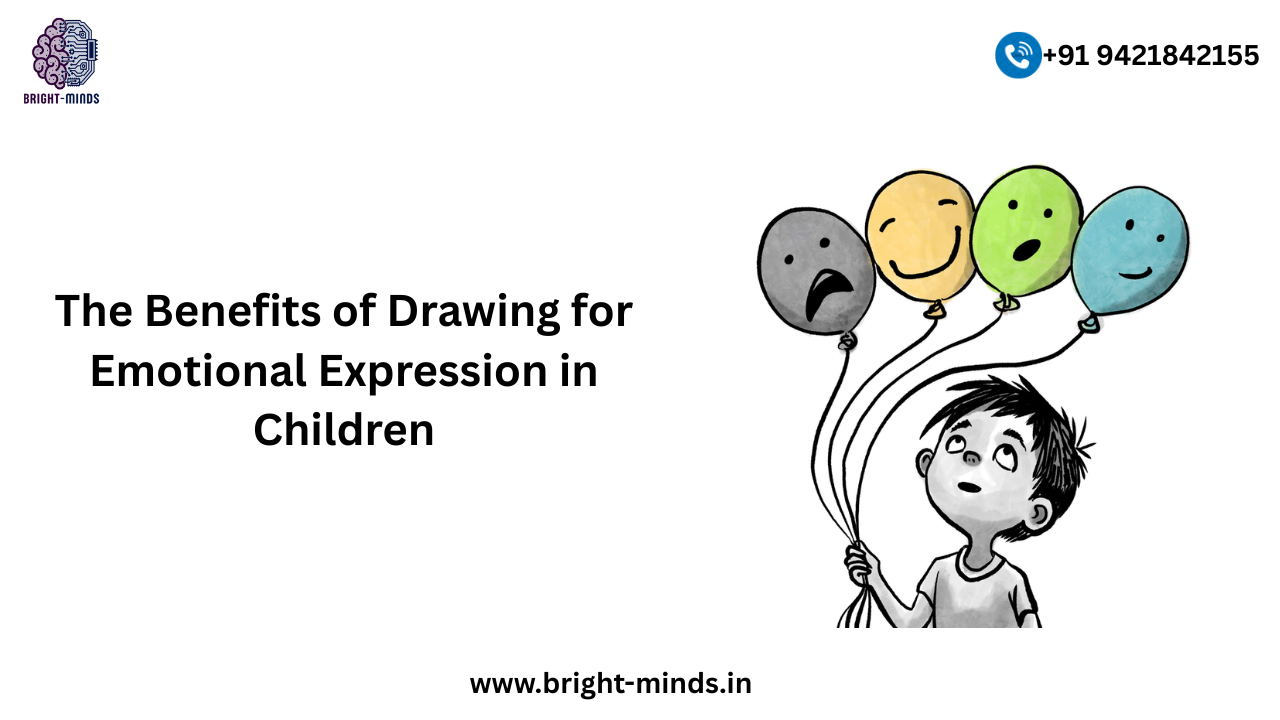Children aren’t always able to express what they feel through words—but give them a crayon, some paper, and a little time, and you might be surprised at the emotions they reveal.
Drawing is more than just a fun activity—it’s a powerful tool that helps children communicate their thoughts and feelings, especially when they don’t yet have the words to do so. Whether it’s happiness, fear, excitement, or anxiety, drawing provides a safe and creative outlet for self-expression.
🧠 Why Drawing is Emotionally Healthy for Kids
Children are naturally visual learners. When they draw, they aren’t just doodling—they’re:
- Processing experiences
- Reducing stress
- Improving emotional awareness
For example, a child drawing a smiling sun and a happy family might be reflecting feelings of joy and safety. On the other hand, darker colors or chaotic lines might signal that the child is feeling overwhelmed or confused.
By paying attention to what children draw, parents and educators can understand their emotional world more clearly.
❤️ Emotional Benefits of Drawing
Let’s explore the emotional growth drawing can nurture in kids:
1. Safe Emotional Outlet
Drawing allows children to express emotions they might not understand or feel comfortable talking about—like sadness, fear, or anger.
2. Boosts Confidence & Identity
When kids create art, they make choices—colors, shapes, stories. This builds their self-confidence and helps them understand their preferences and identity.
3. Improves Communication Skills
As they describe what they’ve drawn, children learn to put their feelings into words, improving both emotional and verbal expression.
4. Reduces Anxiety
Like adults who use journaling to reduce stress, children benefit emotionally from drawing as a calming activity.
✏️ Practical Drawing Ideas for Parents and Teachers
- Emotion Wheels – Ask children to draw faces showing different emotions.
- My Day in Pictures – Let them draw events or feelings they experienced that day.
- Imaginary World – Allow them to create their own planet, pet, or house and describe it.
- Color Journaling – Assign colors to emotions and let them create based on how they feel.
These fun yet thoughtful activities can help children not only express but understand and manage their emotions.
📍 What We Do at Bright-Minds
At Bright-Minds, we offer drawing classes that are more than just about sketching—they’re about self-discovery, emotional balance, and creative growth. Our experienced instructors create a safe and inspiring space for children to express themselves freely through art.
We believe that every drawing tells a story, and every child deserves to be heard.
👉 Learn more at bright-minds.in
🎯 Final Thoughts
Drawing is not just an art—it’s a language of emotion for children. By encouraging drawing, you’re helping your child become more in touch with their feelings, more confident in their identity, and more balanced in their emotional well-being.
So next time your child picks up a pencil, remember—they’re not just creating lines and shapes, they’re expressing a piece of their heart.
You may be like this:-

